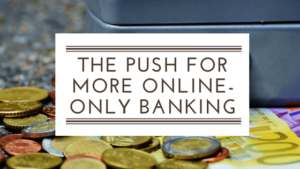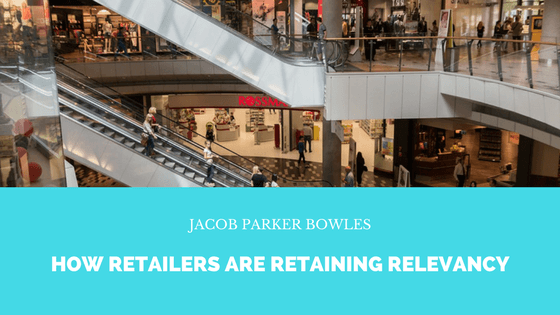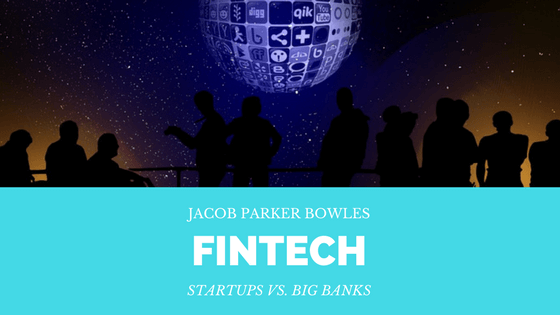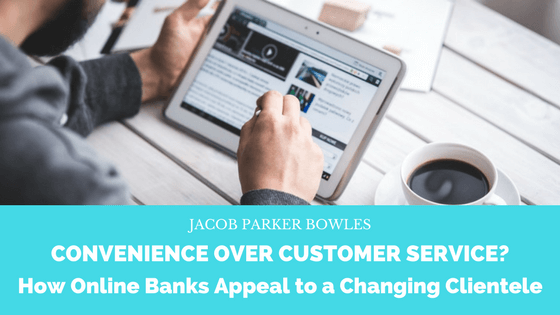Fintech companies offer innovative solutions to financial problems. They help banks to improve their customer service and be more flexible. Due to the growing popularity of the fintech industry, their jobs can be very rewarding. But what does it take to forge a career in fintech?
Start Small, Learn and Grow
Fintech is a booming industry, meaning that there’s more to be discovered. As a result, there’s a lot of opportunities in this industry. It helps to get into the industry with some experience in the financial sector.
However, it’s not necessary. A person with a law degree can learn on the job and become an expert in no time. Therefore, one shouldn’t procrastinate. If they think this is the industry for them, they should go for it. They can start at the bottom and work their way up.
What’s Fintech All About?
Fintech is an interesting industry because an individual works in two vast industries: technology and finance.
An example of an emerging fintech trend is open banking. Here, the bank allows tech startups to facilitate customer service and transactions through an app. The customer has to consent before using the app. Once the customer agrees, the bank discloses that person’s banking details to the startup.
Any person that works for the bank or startup is already involved in the fintech industry. That’s how easily one can find themselves working in the fintech industry.
Skills Required
There are three sets of skills that are important in the fintech industry: software and hardware engineering, finance, and communication.
A person with coding skills can work in the product development department. Their work will be to code programs or applications that can be used to improve the financial sector. The person with finance skills helps the coders comprehend what the app is supposed to do. The person with communication skills will help to monetize the fintech solution.
Finally, the fintech industry can be very demanding. If one wants to succeed, one has to consider work and personal life. They have to be in perfect balance. Too much work can leave a person feeling exhausted and unmotivated. Therefore, it’s always good to think about one’s health and happiness.










